
Have you ever noticed a miniature dirt tsunami sweeping across the landscape, laying waste to all in its path? That’s erosion, and it is as much of a problem as it sounds–– to you and the environment. By reading this guide with some simple techniques, you can learn how to control erosion in your yard.
Erosion can leave your yard with huge pits and large grass areas completely gone. We’ll show you how to execute your newfound erosion control powers so that you can help protect your yard and community.
What is Soil Erosion?
Erosion is the wearing away of soil. It can happen naturally due to rainwater runoff, wind, or ice. It can also be accelerated by construction work, deforestation, or animal overgrazing.
Erosion usually occurs when rainwater flows over the surface of a landscape, removing the topsoil and carrying sediments with it. These sediments settle in depressions on the land, leaving barren soil that is more susceptible to erosion.
The result is usually an uneven surface with holes, slopes, and gullies where the ground has been washed away.
In addition, erosion reduces soil fertility and increases the amount of sediment in streams and rivers, which can lead to flooding and poor water quality in affected areas.
How to Control Erosion in the Yard
It’s scary to think about how quickly erosion can take hold of your yard, but there are ways to fight against it. Here is how:
Plant More Vegetation
One of the best ways to control erosion in your yard is by planting vegetation. The more plants you have, the less likely the topsoil will wash away from your property.
By planting vegetation, you can improve the soil’s ability to retain water and reduce runoff and erosion. If you have a particularly steep area or one with a lot of exposed bedrock, consider planting it there. Here are some helpful types of vegetation for your yard:
Native Plants
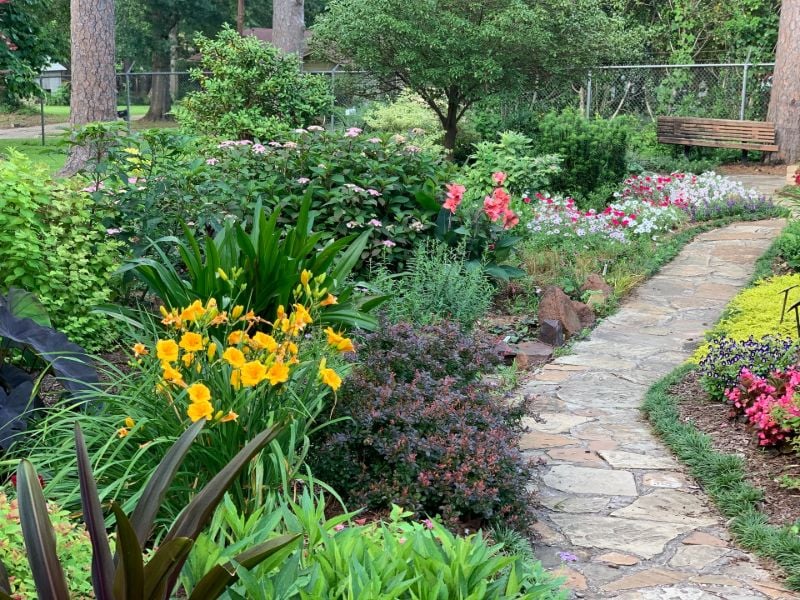
Choose plants that will thrive in your area. For example, suppose you live in an area with a lot of rain or snowfall. In that case, you will want plants that can withstand those conditions without succumbing too easily.
Native plants can successfully stabilize the soil because they have deep root systems that can hold onto soil even as runoff comes down from surrounding hillsides during heavy storms.
Grass
Another great way to control erosion in the yard is by growing grass in non-vegetative areas. The reason why grass helps to prevent erosion is that it has a fibrous root system. This means that the roots help stabilize the soil, while the turf makes it more resistant to water runoff and, therefore, erosion.
Choose turf-type tall fescue grasses, which are naturally deep-rooted grasses, or fast-germinating annual and perennial grasses that can help stabilize slopes quickly.
If you choose to plant grass over a large area that’s vulnerable to erosion (such as a hill), a good option is to hydroseed. Hydroseeding is a process that involves spreading a mixture of seed, mulch, fertilizer, and water across a large area. Hydroseeding often results in faster grass growth than traditional seeding and the mixture helps protect the grass seeds from further erosion.
Ground Covers
Ground covers are plants that grow close together and low to the ground, forming a protective layer over bare soil. They can slow down erosion and protect the soil from being washed away.
They also contribute to a more attractive landscape. Creeping thyme, creeping juniper, and periwinkle are good examples of ground covers.
Trees
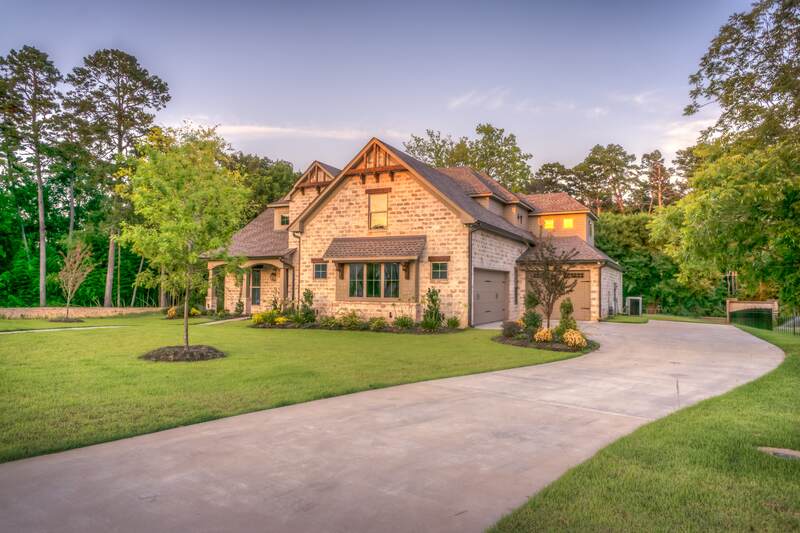
Trees are excellent for several reasons: they can be used to make your yard more beautiful, provide shade, and even reduce noise pollution. They can also be of assistance when it comes to controlling erosion.
Trees can intercept rainfall, which reduces the amount of water in the soil, and their roots bind soil to the sloping ground.
Apply Mulch
Mulch is a layer of material that is spread over the top of the soil. It can be organic, such as wood chips, shredded bark, pine needles, and shredded leaves, or inorganic, such as landscape fabric and shredded rubber.
Mulch adds texture and roughness to your yard’s surface, decreasing the amount of bare soil exposed. It helps keep water from washing away nutrients and retains moisture in the soil.
Install a Rain Garden
A rain garden is an area of land designed to hold and filter stormwater runoff. They are typically built on a downhill slope and filled with plants, river rocks, and other natural materials that help filter out pollutants before they reach nearby waterways.
Rain gardens not only help prevent water supply pollution but can also help reduce flooding and erosion by slowing down the rate at which stormwater flows into rivers and streams.
Swamp milkweed, marsh marigolds, and blue flag iris are good examples of plants perfect for a rain garden.
Build Retaining Walls
A retaining wall is an artificial structure that holds back soil from a sloping surface and keeps your yard looking tidy. They are often built to support the land’s natural slope against gravity and prevent soil erosion, landslides, and floods.
Retaining walls are designed to control erosion and keep your yard looking tidy. They can be built of many different materials like concrete, stone, or bricks, but they all serve the same function: holding back the soil, so it doesn’t slide down into your yard and cause problems.
Create Terrace Gardens
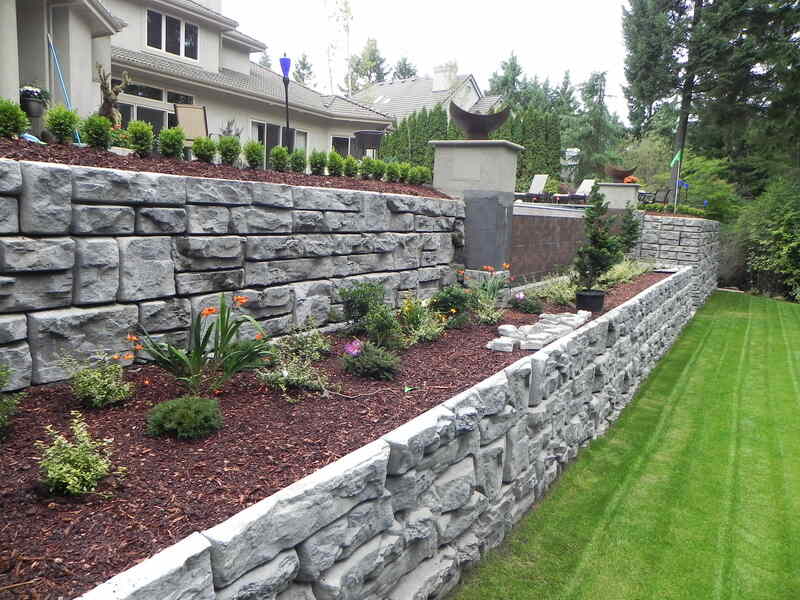
You can improve your retaining wall’s erosion control capabilities by building terrace gardens on top of them.
Terrace gardens are basically raised soil beds that help control erosion by absorbing excess water. In addition, you can grow greens and flower beds on these terraces, which will make your yard look beautiful and slow down flowing water.
Place Stones Strategically
To place stones strategically in your yard to control erosion, you will first need to find out where the water is flowing and where it’s coming from.
If certain spots in your yard are always wet, those are likely areas of erosion and could be good places to place your stones.
You can start by placing larger stones and then adding the small pieces or gravel as filler material between the bigger ones so they don’t shift when heavy rains come along.
Dry Creek Beds
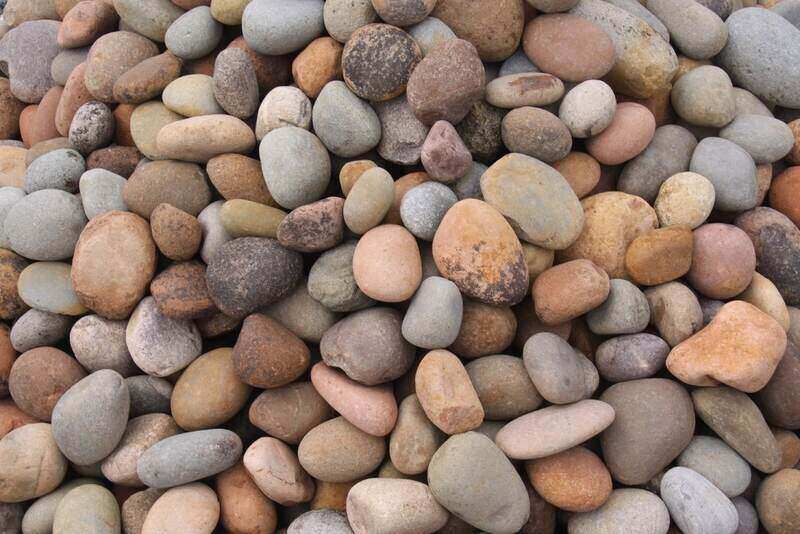
You can build a dry creek bed if you want to go one step further when placing stones strategically. Dry creek beds are drainage channels that divert water from its natural course. They prevent soil from washing away, slow down water, and can look very stylish.
Avoid Compacted Soil
Soil compacted by heavy vehicles or foot traffic can lead to erosion because it is less porous and can’t absorb water. This means that water will puddle on top of the soil when it rains instead of soaking into the ground.
You can avoid soil compaction by:
- Aerating the soil
- Redirecting foot traffic to a sidewalk
- Using lighter lawn equipment
- Never parking in the same areas on your lawn
Install a French Drain
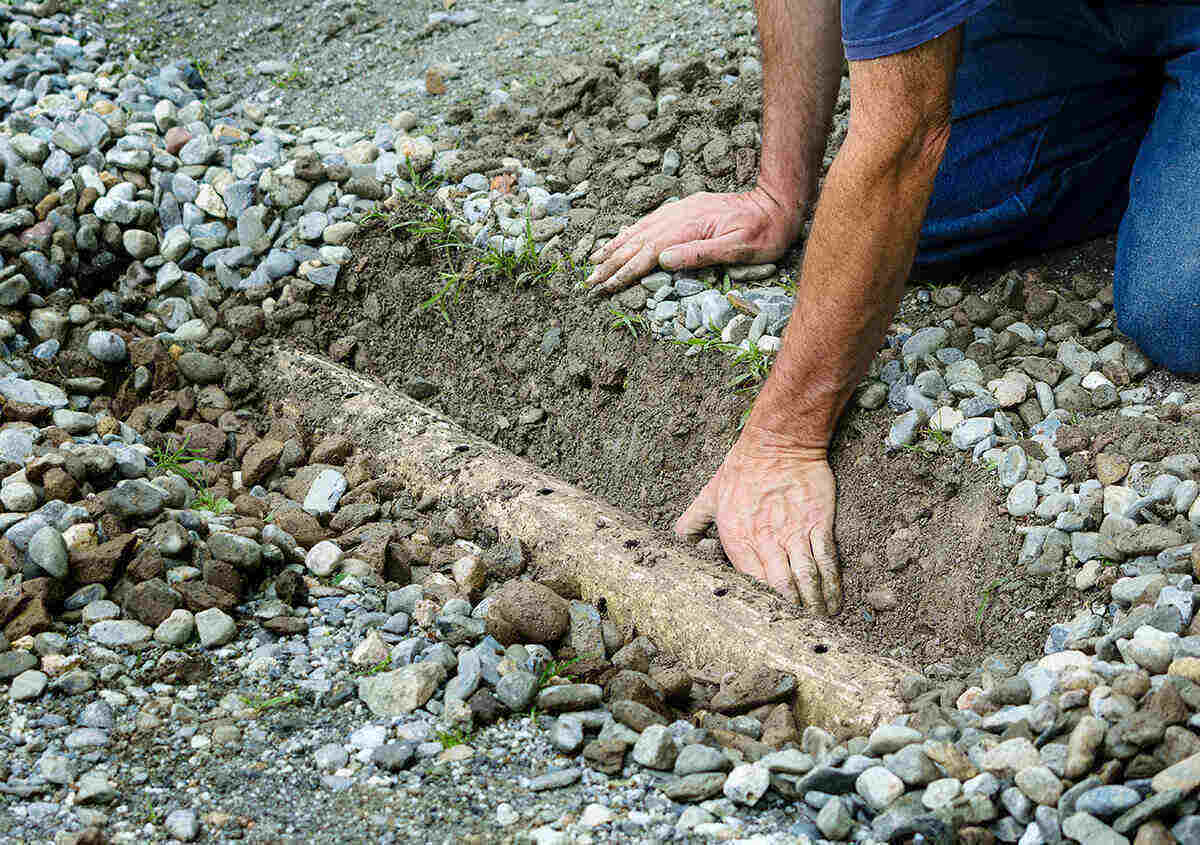
A french drain is an underground channel that collects water and redirects it away from the area you want to protect. They are made of pipes buried in the ground, looking like trenches or ditches with ridges on top.
French drains allow water to flow through the trench from an area prone to flooding to another location where it can be safely released into the ground (such as a rain garden). This can help control water runoff and erosion in your yard.
Use Erosion Control Blankets
Erosion control blankets are a great way to control erosion in your yard. They’re made of woven biodegradable fibers, and they help prevent water from eroding the soil.
The best time to use an erosion control blanket is before you plant anything in your yard. The blanket will help keep the soil in place while new plants are growing, which will help the plants establish faster and stronger than if they were planted on bare ground.
Change Your Irrigation System
If you water your garden with a traditional hose or sprinkler system, consider using a drip irrigation system or soaker hose instead.
These irrigation systems release water directly into the ground slowly and evenly instead of spraying the water all over the soil. They also prevent runoff because they don’t waste water on areas where it’s not needed (like sidewalks or driveways).
Install a Downspout Extension
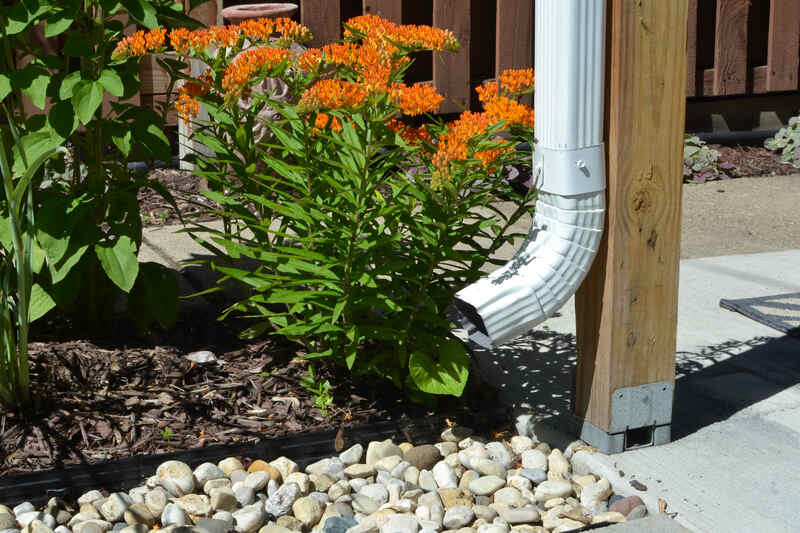
A downspout extension is just what it sounds like: an extension of the rainwater gutter system that allows the water to flow further and keeps it from running off into yards or streets. This will help prevent erosion because the extension can drain the water away from vulnerable areas.
Temporary Solutions to Control Erosion
If you can’t invest in long-term ways to control erosion in your yard yet, there are a few ways to stop it temporarily until you can.
Get Sandbags
Sandbags are easy to use, affordable, and the best quick fix to help stop erosion in your yard. You can put them in place quickly and easily without much preparation time needed beforehand.
Sandbags create a barrier that diverts water away from your property, you just have to stack them close to each other in a brick-like pattern. If you need to build a tall sandbag wall, stack the sandbags in a pyramid shape.
Sandbags aren’t ideal for long-term use since you’ll have to keep replacing them every few months (depending on the bag material). But it can help stop some of the worst effects of erosion while you’re waiting for something better.
Install a Silt Fence
Silt fences are designed to keep the soil around your house from washing away. They’re made of heavy plastic that can be easily installed around your property. They’ll keep the soil in place and prevent it from eroding. They’re also easy to move if you need to do so.
They are not aesthetically pleasing, so they’re typically ideal when you’re performing construction on your yard or building a new home.
Build an Earth Dike or Drainage Swale
Earth dikes are basically mounds of dirt that you can put in place to keep the water from rushing through your yard and washing away any topsoil.
They prevent erosion by directing water runoff away from an area susceptible to erosion. However, it would be best if you did not use earth dikes in areas with slopes steeper than 10%.
Swales, however, tend to be more stable than earth dikes. Swales are shallow ditches dug next to slopes to help redirect the water away from the slope.
Why is Controlling Erosion Important?
Erosion doesn’t only affect your yard. It can have a substantial negative impact on the environment and your community. Here are a few examples:
- When the topsoil is removed, so is most of the soil’s organic matter and nutrients. According to the UN Food and Agriculture Organization, 90% of the Earth’s topsoil is likely to be at risk by 2050. That means there’s a high probability that we’ll have less fertile soil and, therefore, less possibility to grow crops and feed people.
- When the water runs through your yard’s soil, it carries the chemicals in it, which could infiltrate groundwater resources and end up harming entire ecosystems. These chemicals might be from your recent fertilizer or pesticide treatment.
- Sediments carried away due to erosion can cause upstream flooding or deflect river flows.
- Sediment can also reduce the amount of light that gets into the water, decreasing the ability of underwater plants to photosynthesize. The water will have less oxygen as a result, putting aquatic life at risk.
FAQ about Erosion
Erosion can be caused by several physical elements, such as:
• Plants that break up earth materials when taking root (bioerosion);
• Rocks that shatter away (gravity);
• Water from rainfall, rivers, floods, and the ocean;
• Wind;
• Ice;
• Warm temperatures;
• Tectonic activity.
The Earth is eroding, and in the last 150 years, it has already lost half of its topsoil. That is why action to control erosion has to be taken now, while there’s still time.
Erosion is a global problem, causing fertile soil to go to waste faster than it is being created. That threatens food security and harms every type of environment worldwide.
When to Call a Pro
You’ve made it! You have learned a lot of ways in which you can control erosion in your yard. Now it’s time to put your new powers into action, and don’t let anything stand in your way of protecting your yard from erosion.
However, fighting Mother Nature by yourself is not easy, so combine your erosion control powers with a local landscaping professional. A lawn care pro can also help keep your lawn in healthy condition so it is less dependent on chemicals that pollute sediments–– don’t hesitate to call for backup!
Main Image Credit: Unsplash